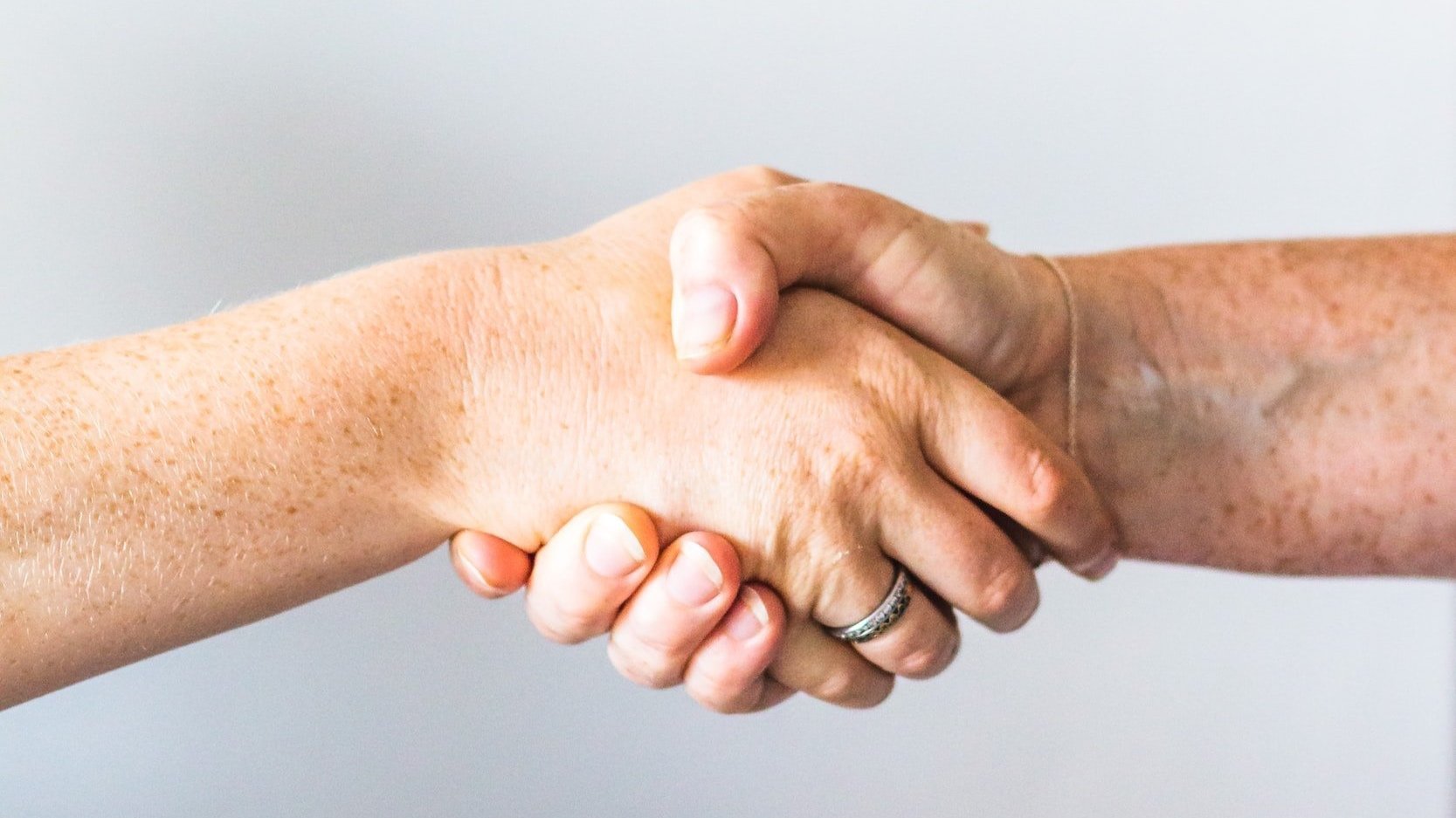
New Patients
New Patient Paperwork
Please download, print and fill out the provided paperwork to the best of your knowledge. If you do not have time to complete it, arrive 15 minute prior to your schedule first visit to allow time to complete it in person.
Contact Us if you have any questions
What to Expect at Your First Visit
During your initial evaluation, your physical therapist will spend time with you to learn about your condition, your previous level of function, and how your condition is affecting your life. They will also take specific measurements of the impairments that may be causing your problem
Common measurements taken during a physical therapy examination include:
Palpation
Range of Motion (ROM) measurements
Tests of strength
Functional mobility
Balance
Neurological screening tests

Your physical therapist may start treatment immediately after your initial evaluation or at your next appointment. They may use therapeutic modalities like ultrasound or electrical stimulation to help manage your pain and improve your muscle function.
Exercise is one of the staples of any rehab program. After your initial evaluation, your physical therapist should prescribe specific exercises to do on your own and provide you a detailed print-out on how to do them that you can reference at home.
After your examination, your PT will have a pretty clear idea of a treatment plan to start working on decreasing your pain and improving your mobility. Your physical therapist should discuss with you the goals of treatment and the expected course of your rehab.
What to Wear
A Guide to Dressing for Physical Therapy
-

For upper body
✓ Sports bra
✓ Loose t-shirt
✓ Hair tie
-

For lower body
✓ Loose fitting shorts with an elastic band
-

For feet and ankles
✓ Socks
✓ Athletic shoes
-
Passive or active, exercise can help you improve strength, range of motion, or flexibility.
Passive exercise is when your PT moves your body to stretch your muscles or move your joints for you – a good example is hamstring stretch while you are relaxed on a therapy table.
Active exercise is similar to “working out” and can include walking on a treadmill, calf raises, and other strengthening exercises.
Functional exercise is a type of exercise that focuses on getting you back to specific functional activities that are highly important to you such as walking, climbing stairs, reaching
-
Manual therapy includes a variety of hands-on treatments including soft tissue mobilization, joint mobilizations and manipulation as well as passive movements. These treatments are designed to help reduce pain and improve the motion and mobility of your body prior to exercise.
-
You PT may use a variety of taping techniques to help reduce pain, stabilize or help guide the movement of a joint, or improve the function of a muscle.
-
Electrical stimulation is used to decrease pain and teach your injured muscles to relearn how to function correctly.
-
Traction is a mechanical device that helps stretch your spinal joints. It is mostly used for low back and neck injuries to decrease pain and increase mobility, especially when there is irritation or compression on a nerve.
-
Heat may be applied to your injury to help increase circulation, relax muscles, and relieve pain.
-
In the same way that heat can help treat your injury, so can ice or cold packs. Specifically, ice can decrease pain and minimize inflammation.



